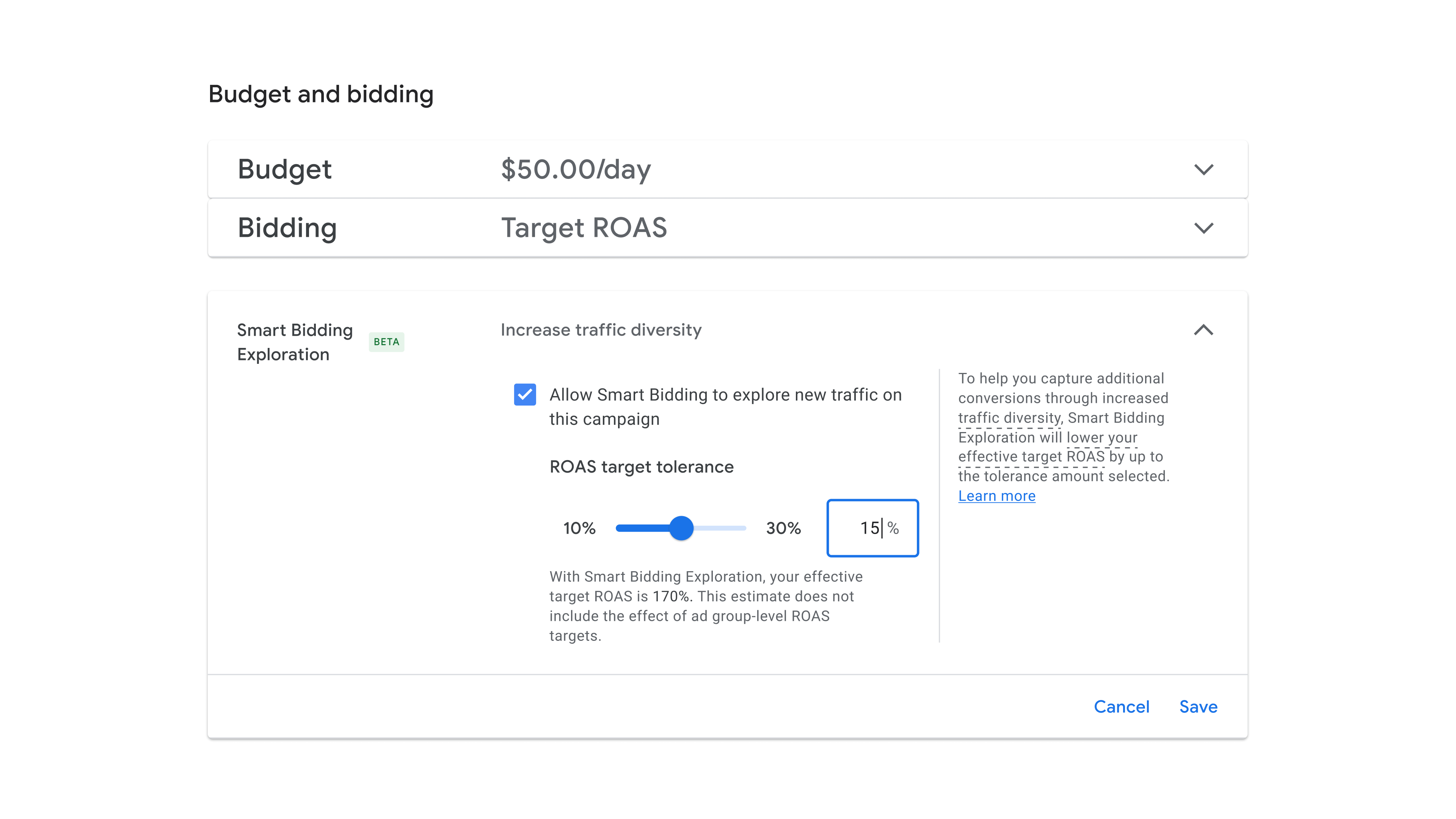Worried You'll "Bulk Up" While Weightlifting? What Trainers Want You To Know
Bulking doesn't happen overnight—but some other benefits of weightlifting sure do.

Image by Studio Firma / Stocksy May 14, 2023 Our editors have independently chosen the products listed on this page. If you purchase something mentioned in this article, we may Strength training can be an excellent option for anyone looking to improve their physical fitness, but even though there are countless health benefits to hitting the weight rack, many women are still hesitant to try it. This is likely because a lot of people still think they’ll "bulk up" if they start lifting heavier weights. It’s a common misconception—and one that needs to be debunked ASAP. 
Advertisement
This ad is displayed using third party content and we do not control its accessibility features.
What is “bulking?”
According to Kathryn Lepage and Kimberly Tasin, senior personal trainers at Fitness World/BCPTI, the confusion around bulking starts with the terminology itself.
In the Merriam-Webster Dictionary, “bulk” is “a large or corpulent human body.” In the fitness space, to “bulk up” simply means to gain muscle mass (aka lean tissue).
Many women associate “bulk up” with looking “bulky” or “too masculine,” but they aren’t one and the same. What’s more, because women have a lot less testosterone compared to men, Lepage and Tasin stress it would take a significant amount of time and dedication to nutrition and fitness to bulk up to that degree. “Resistance training 3-4 times a week,” they say, “will not elicit the amount of stimulus required to be ‘too bulky.’”
At the end of the day, your results will also be a reflection of how you train and what kind of weightlifting you do.
The different types of weight training
To understand how different forms of weight training affect the human body, you first have to realize that there are different types of muscle fibers being exerted.
There are two categories of muscle fibers: Fast-twitch muscle fibers and slow-twitch muscle fibers1, and they each serve a purpose.
Per the National Academy of Sports Medicine, fast-twitch muscle fibers support quick and powerful movements while slow-twitch muscle fibers support endurance activities. You can think of fast and slow-twitch fibers like the tortoise and the hare. Fast-twitch fibers tire out as quickly as they can move, while slow-titch fibers support well-paced activities and are much more fatigue-resistant.
According to celebrity trainer and founder of the NWMethod, Nicole Winhoffer, you’ll see different results if you’re lifting fewer repetitions of heavier weights than if you were to do more reps of lighter weights because you’re working different muscle fibers, and exercising them differently.
“Lifting heavier requires larger dominant muscle groups (ie. bicep, tricep, quad, and glute) to complete more work and recruit more muscle fibers to lift the load,” Winhoffer explains. This means that these targeted muscle groups will bulk up. When you lift more reps of lighter weights, you encourage slow-twitch muscle fibers, building a more even tone over time.
Which regimen you stick to will ultimately depend on your preferred result, though for optimal muscle health and performance, Lepage and Tasin recommend doing both. “Heavier weights and fewer reps will help to create more muscular efficiency and overall strength, while lighter weights and more reps will help with muscular endurance and hypertrophy,” they explain. Incorporating both into your routine will encourage progression and help you avoid a plateau.
In addition to a regular exercise routine, you can support healthy muscle growth by following a consistent sleep schedule, eating an abundance of fruits and vegetables, as well as incorporating the necessary supplements like collagen or greens powder into your diet to ensure you’re getting the vitamins and nutrients your body needs to perform at its best.
Advertisement
This ad is displayed using third party content and we do not control its accessibility features.
5 things that will happen when you start lifting weights
Now that we've established that bulking is a fitness goal that won’t accidentally happen overnight, here are few things that will likely occur when you add weightlifting to your routine:
In a 2022 study performed by The American Heart Association, participants were split into four groups: aerobic exercisers, resistance exercisers, combined aerobic and resistance exercisers, and a control group that did not exercise at all. After one year, results showed that those who committed to regular resistance exercise experienced an increase in sleep duration by 17 minutes, improved sleep efficiency, and fell asleep quicker.
If you’re having trouble falling asleep or staying asleep throughout the night, incorporating a bit of strength training into your weekly fitness schedule could make all the difference.
Advertisement
This ad is displayed using third party content and we do not control its accessibility features.
2.
Your metabolism can improve
3.
You'll enjoy a mood boost
It might be cliche to quote Elle Woods here, but it’s true: Exercise gives you endorphins, and endorphins make you happy. While more research needs to be done on how strength training affects the brain, as Art Kramer, Ph.D., a professor of psychology and director of the Center for Cognitive and Brain Health at Northeastern University previously told mbg: “Everyone agrees that exercise has the ability to change your mood.”
Advertisement
This ad is displayed using third party content and we do not control its accessibility features.
4.
You'll build strong bones
Milk isn’t the only thing that gives you strong bones. According to the NIH Osteoporosis and Related Bone Diseases, strength training can help build bones and help slow down bone loss as we age, so even if you can’t hit the gym, you might want to start strength training at home in favor of this benefit alone.
5.
You'll get closer to your other fitness goals
The beauty of weightlifting is you can map out a routine that fits your needs and helps you achieve your goals. Whether you want to become a faster runner or nail a challenging yoga pose, there are a plethora of weightlifting exercises and regimens to help you out.
Advertisement
This ad is displayed using third party content and we do not control its accessibility features.

 Lynk
Lynk 

































